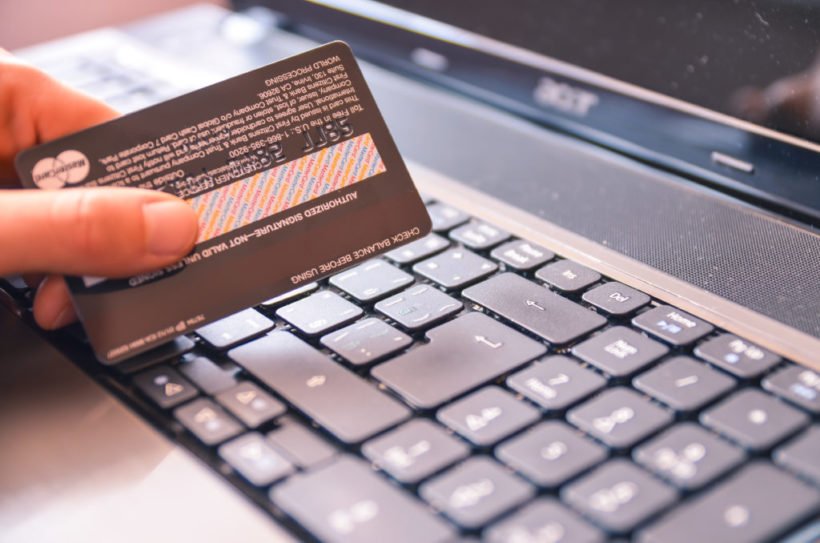Personalisation, Whole New Game
House of Frasier, Mothercare, Evans Cycles and Homebase are only to name a few big high street brands struggling to meet footfall and targets in their stores. Add that to the costs of renting, fitting and staffing them… It’s almost painted on the walls that the future is digital.
Only a few years ago, you would need to clarify the definition of eCommerce to your family or friends over a Friday night at the pub, or around the dinner table, whereas these days it’s quickly becoming a part of common knowledge.
Similarly, we must assume that companies became aware of the benefits of SEO as early as the 90’s, and although this picked up traction towards the late 90’s and early 00’s, only over the last decade that the term has truly become known to even old school POS or PR marketeers. We now have no need to explain or demonstrate the potential benefits of a trusty website audit by an SEO guru.
When diving into the vast acronym and jargon busting world of eCommerce – has something so simple, yet so powerful been left under the radar? We believe that the power of personalisation within our sector of digital marketing is paramount.
Before the world of the internet, personalisation within marketing was mostly achieved by adding first and last names to letters, magazines or postcards. It would also rely much more on newspaper advertisements being carefully tailored to cater for each tabloid audience. Billboards at bustling train stations, although still being a successful avenue to reach many people had to be designed so the best and most effective information was presented in the most attractive way – at the right time. Budget dependant these days, we can have billboards that interact with customers and even change their messaging at different times of the day.


Digital marketing, however is a much easier way to get your messages, USPs or offers across to customers over a range of different sources. Laptops, mobile or tablets can be found on just about any train carriage during a standard morning commute. Charlie Brooker’s sci-fi series ‘Black Mirror’ is even named after this observation, “a ‘black mirror’ is the one you’ll find on every wall, on every desk, in the palm of every hand: the cold, shiny screen of a TV, a monitor, a smartphone…”
With a susceptible population dedicating so much time of their time online, it is paramount for any company to relate to, speak to and engage with them, capturing their attention just before they scroll down or flick past whatever it is you’re trying to put in front of them.
Personalisation in digital media is a whole new game. Let’s use targeting options on social media as an example. Each platform offers different targeting options, allowing advertisers to reach their desired segment by carefully selecting options that best describe their target market. LinkedIn, for example is more focused on the professional aspects of a customer, such as seniority, company industry & years of experience. Facebook, on the other hand, has a more complex (and comprehensive) range of demographic, attitudinal and behavioural options. Remarketing became possible with the use of cookies which allow advertisers to show different ads to each group of customers, for example, those who have previously visited their website.
And let’s not forget the slightly more ‘old school’ but ever relevant area of email. Once your brand has attracted enough sales and subscriptions to gather a database, advertisers can send automated emails which could be read along the lines of ‘oh we saw you purchased a poster, we think you’d like this mug’. It’s also possible to personalise emails with the first name and last names of the customers and make them feel like we know who they are and what they want. It’s important to keep in mind that each market sector requires a different approach to personalisation, for example, with property maintenance companies, creating more specific and relatable email titles such as ‘Landlord essentials’ could increase the open rate.
We know this blog barely touches the tip of the iceberg of digital marketing and personalisation, but we bet it’s got you thinking…